Warren Buffett has often said that the average investor should practice diversification by investing in index funds.
We have written several times about index funds and how investing in an S&P 500 index fund and using a dollar-cost averaging strategy is a great way to make money in the stock market over the long-run – and this point has been well documented by both research and results.
Part of the magic in this strategy is that an investor who doesn’t have much experience and who doesn’t know how to analyze or calculate the intrinsic value of a stock… doesn’t have to.
Instead, he or she can invest in all of the stocks in the stock market – thereby diversifying risk while earning the average return of the entire stock market (which has historically been ~9.5% over the long-run). And Warren evidently agrees with this.
However, Warren Buffett sings a very different song for investors who want to beat the average stock market return.
Warren Buffett on Diversification
Warren does not believe an investor who wants to generate an above-market return should diversify his or her holdings. Here are some of his quotes on this subject:
Diversification is a protection against ignorance. It makes very little sense for those who know what they’re doing.
Wide diversification is only required when investors do not understand what they are doing.
The strategy we’ve adopted precludes our following standard diversification dogma. Many pundits would therefore say the strategy must be riskier than that employed by more conventional investors. We disagree. We believe that a policy of portfolio concentration may well decrease risk if it raises, as it should, both the intensity with which an investor thinks about a business and the comfort-level he must feel with its economic characteristics before buying into it.
Warren’s saying that if you invest in too many stocks in pursuit of portfolio diversification, you (a) take yourself out of your circle of competence and (b) lose the intensity and concentration that you would have if you were only thinking about a few great businesses.
Warren Buffett on Seizing Big Opportunities
Warren Buffett described the below analogy during a lecture he gave to University of Georgia business school students in 2001. This “20 slot punch card” approach to investing underscores just how focused Buffett is when it comes to investing and highlights how we should all seize and capitalize on big opportunities when they come our way.
“Big opportunities in life have to be seized. We don’t do very many things, but when we get the chance to do something that’s right and big, we’ve got to do it. And even to do it in a small scale is just as big of a mistake almost as not doing it at all. I mean, you really got to grab them when they come. Because you’re not going to get 500 great opportunities.
You would be better off if… you got a punch card with 20 punches on it. And every financial decision you made you used up a punch. You’d get very rich, because you’d think through very hard each one. I mean if you went to a cocktail party and somebody talked about a company and they didn’t even understand what they did or couldn’t pronounce the name but they made some money last week in another one like it, you wouldn’t buy it if you only had 20 punches on that card.
There’s a temptation to dabble – particularly during bull markets – and in stocks it’s so easy. It’s easier now than ever because you can do it online. You know you just click it in and maybe it goes up a point and you get excited about that and you buy another one the next day and so on. You can’t make any money over time doing that.
But if you had a punch card with only 20 punches, and you weren’t going to get another one the rest of your life, you would think a long time before every investment decision – and you would make good ones and you’d make big ones. And you probably wouldn’t even use all 20 punches in your lifetime. But you wouldn’t need to.”
Diversify or Not?
So what is Warren really saying? Should you diversify or not? Absolutely! Just not too much.
What Warren does (and has done for decades) is build focused portfolios of businesses and holds them. Warren will continue to hold the business until the fundamentals change unfavorably, or he finds better opportunities. That’s it. One thing Warren does not do is sell his top performing positions and allocate those funds elsewhere. Why is this?

Just like Tom Brady
Tom Brady is the absolute best example of value investing. Bear with me…
Back in 2000, the New England Patriots drafted a no-name QB from Michigan in the sixth round of the draft to fill their bench. Most probably thought of Brady as just that, a bench warmer. When Brady got his first real chance to play in 2001, he crushed it. He then went on to lead the Patriots to the Super Bowl that season.
So, after winning that first season, why didn’t the Patriots trade their most valuable player? He was clearly worth a lot more now. They could get a good trade for him. Instead, they went on to re-sign him for contract after contract. Brady responded by winning the franchise five more Super Bowl championships.
Compounding Machines
Rather than monologue about how awesome Tom Brady is, I think you get the picture. The Patriots made a cheap value stock pick (sixth round draft pick) and held him. They recognized his potential and held onto their most prized asset; and they were greatly rewarded!
You should think of your investment portfolio the same way. Unless the fundamentals of the business changes significantly, stay the course. Let the business (or athlete) compound for you while you reap its rewards.

The Ultimate Guide to Value Investing
Do you want to know how to invest like the value investing legend Warren Buffett? All you need is money to invest, a little patience—and this book. Learn more






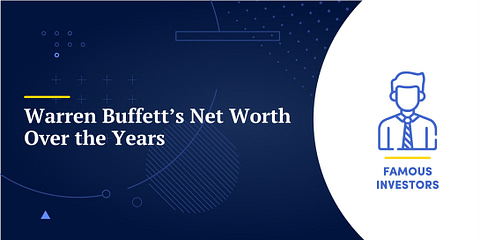



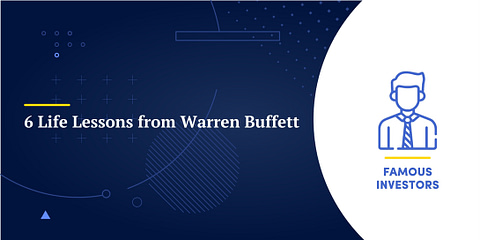

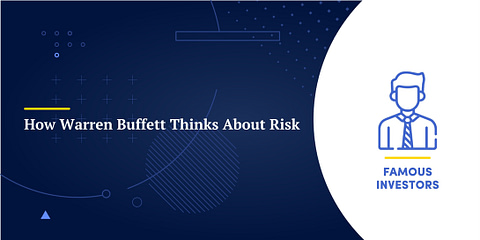


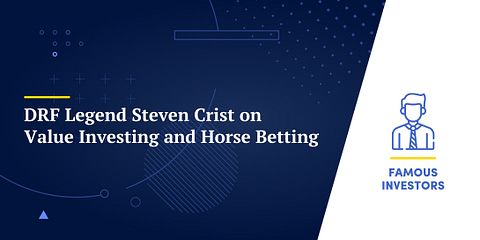
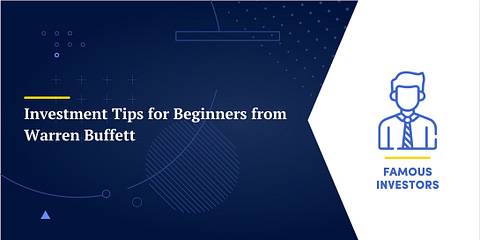







That all make sense at the principle level. But for it to be profitable, one needs to know more on the quantitative aspects or on how to apply it:
(a) what quantitative criteria can be used to assess if a given opportunity is indeed a big one and
(b) given a positive outcome in step (a), how does one compute the weight that should be assigned to it in his/her portfolio?
Great point! As always with Buffett, easier said than done – especially with (a).
As for (b), I think Buffett would say invest as much as possible if you are confident and there is a huge margin of safety – which is HUGELY contrary to conventional thinking (about anything, not just finance).
When he was 21, Buffett put 65% of all of his net worth into Geico. Ben Graham even invested 25% of his capital in Geico even though he usually limited his investments to 5%. They both were incredibly confident and saw a huge margin of safety in the company. Geico of course is the #2 largest auto insurer in the country today and is a huge part of Berkshire Hathaway’s business.
But doing something like that is a huge risk if you don’t know what you’re doing – which was Buffett’s point of thinking about having a 20-slot punch card.
I agree John, this is very true. And one must have a level of confidence that is very close to 100% certainty to load up 65% of his/her net worth into a single position. In my opinion (I could be wrong here) the place where Buffet has been the most explicit on his quantitative method to determine which position(s) deserve higher concentration is in his January 1966 Partnership letter. Here is the link (on pages 10 ,11 and 12) http://z822j1x8tde3wuovlgo7ue15.wpengine.netdna-cdn.com/wp-content/uploads/2015/07/1966.01.20.pdf
He does not mention however how he quantitatively determines the respective weights.